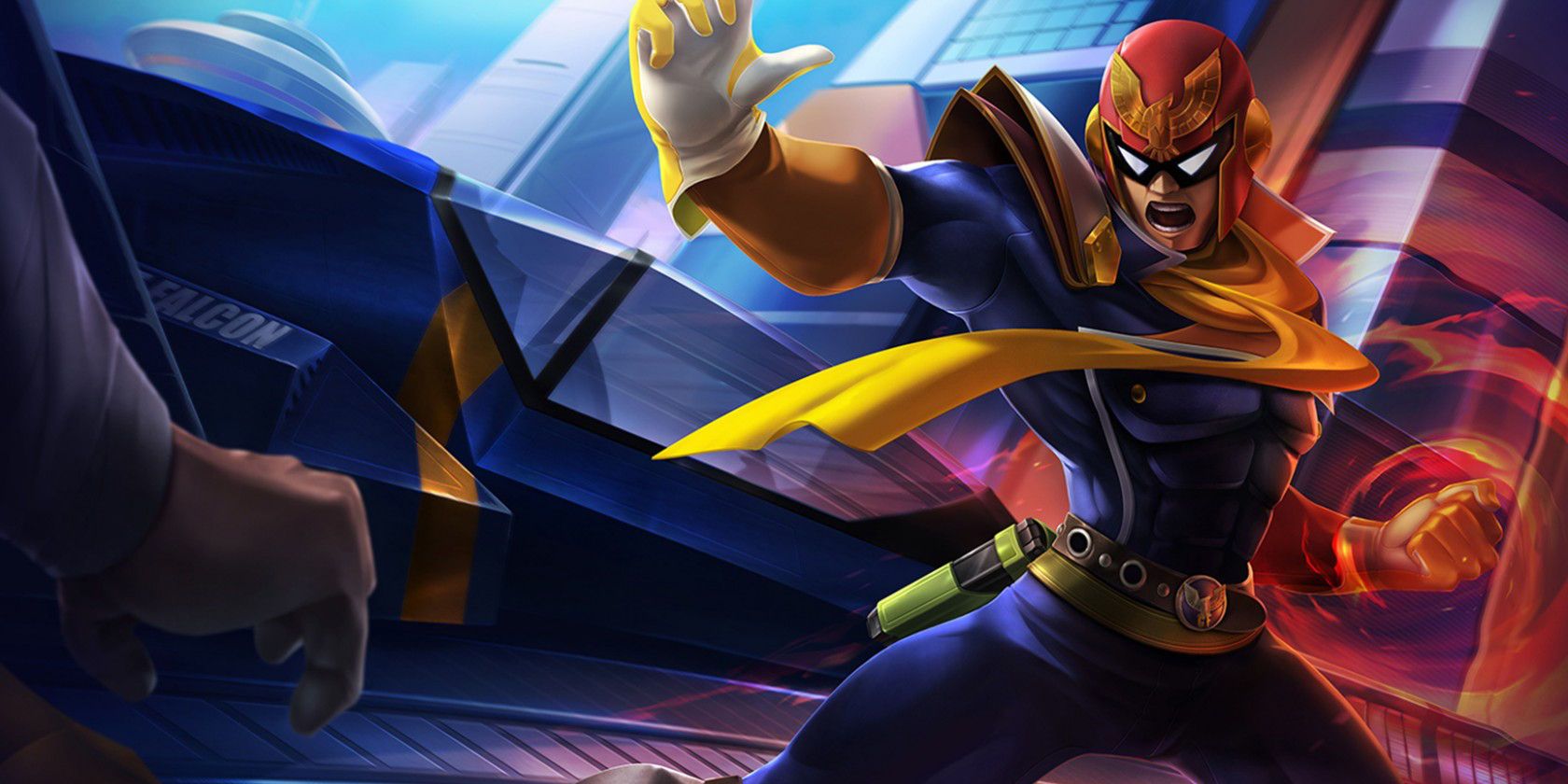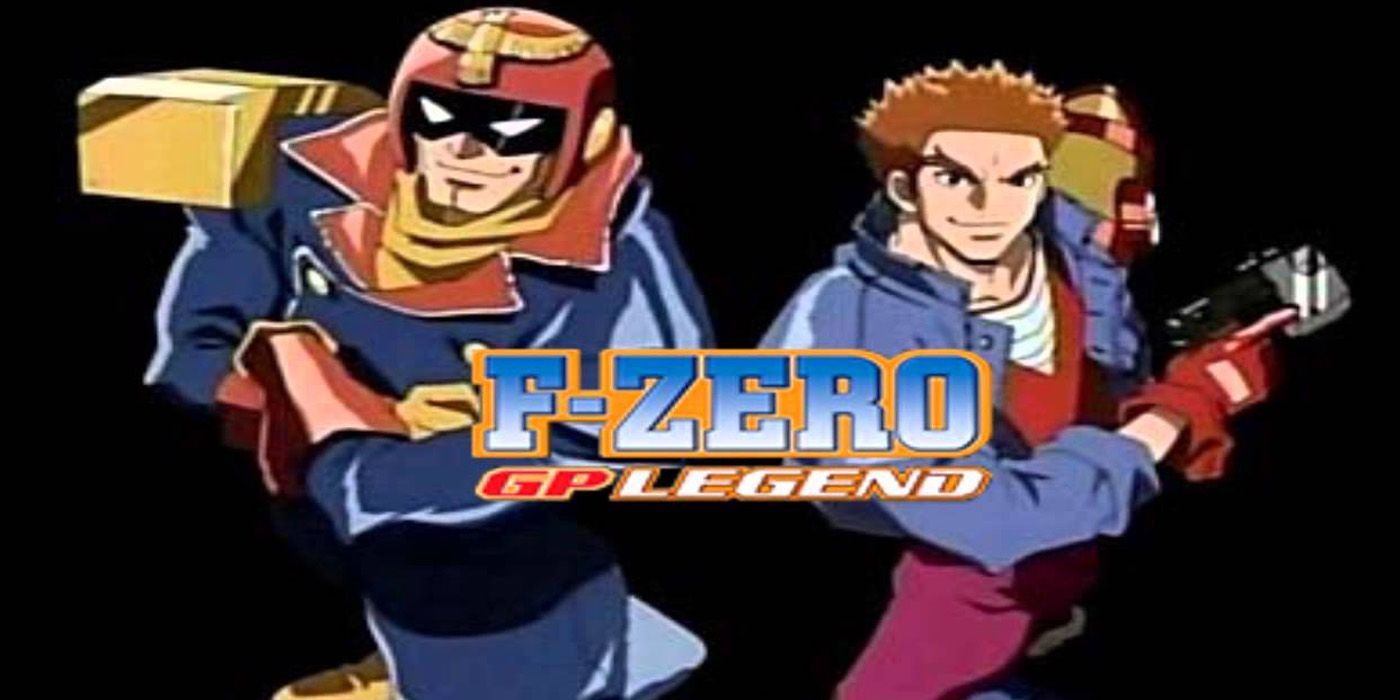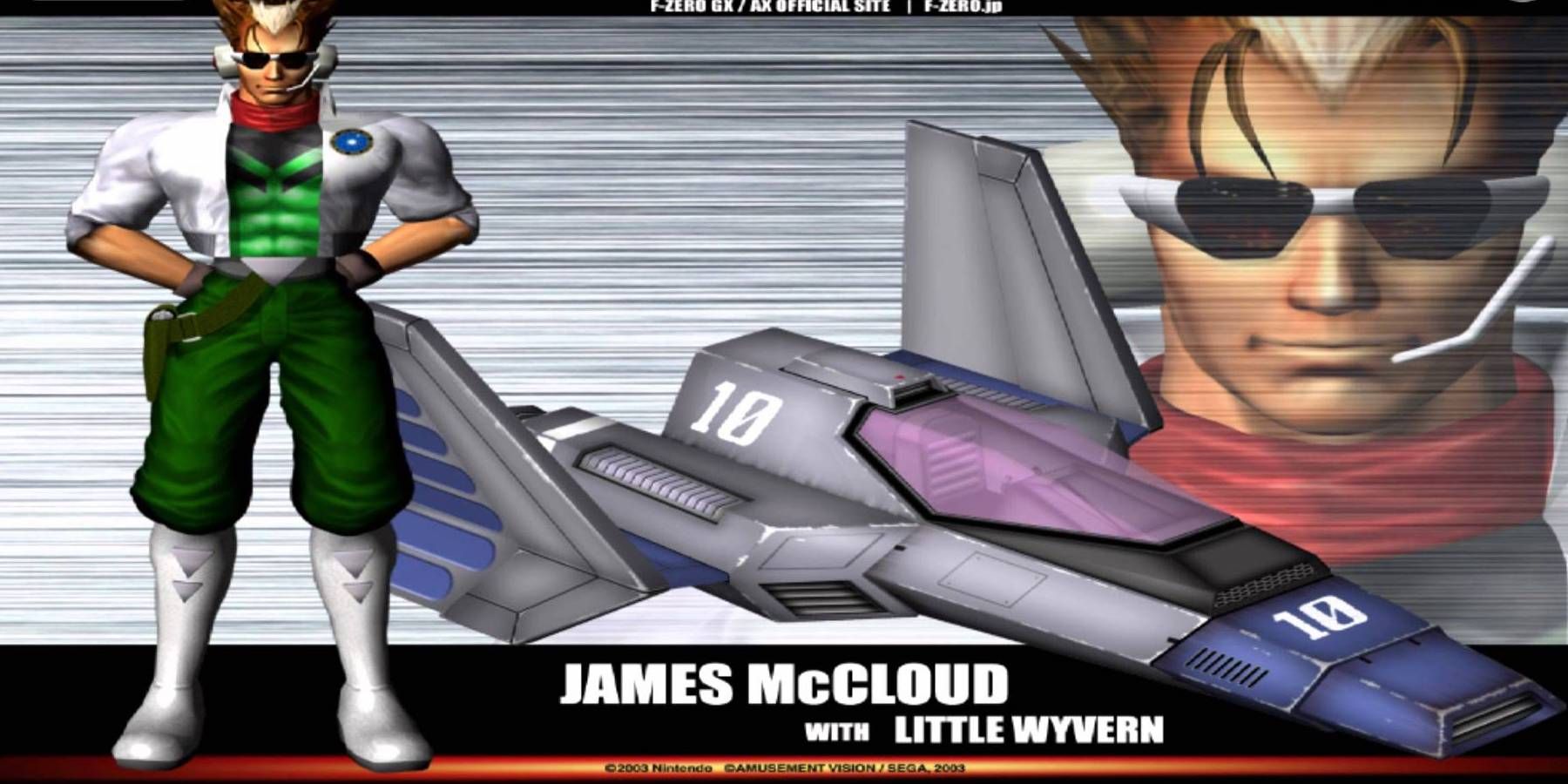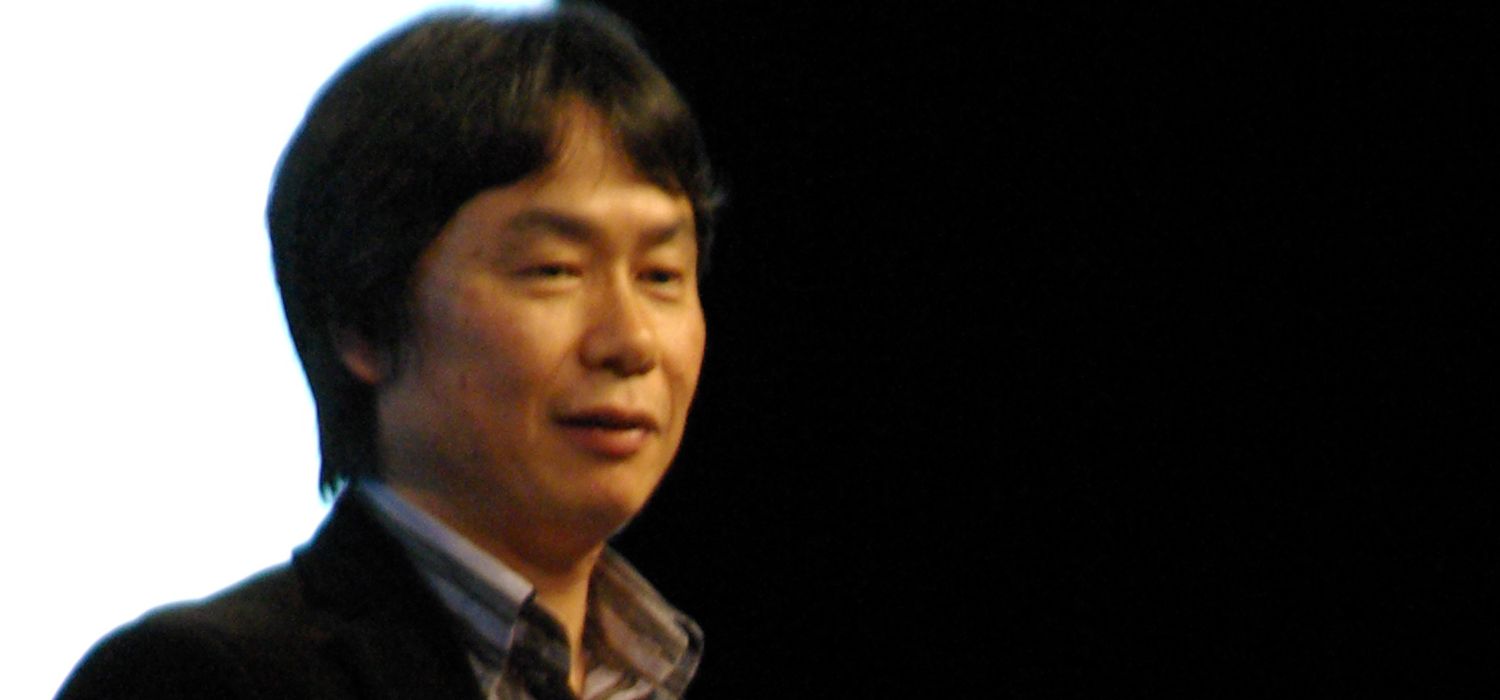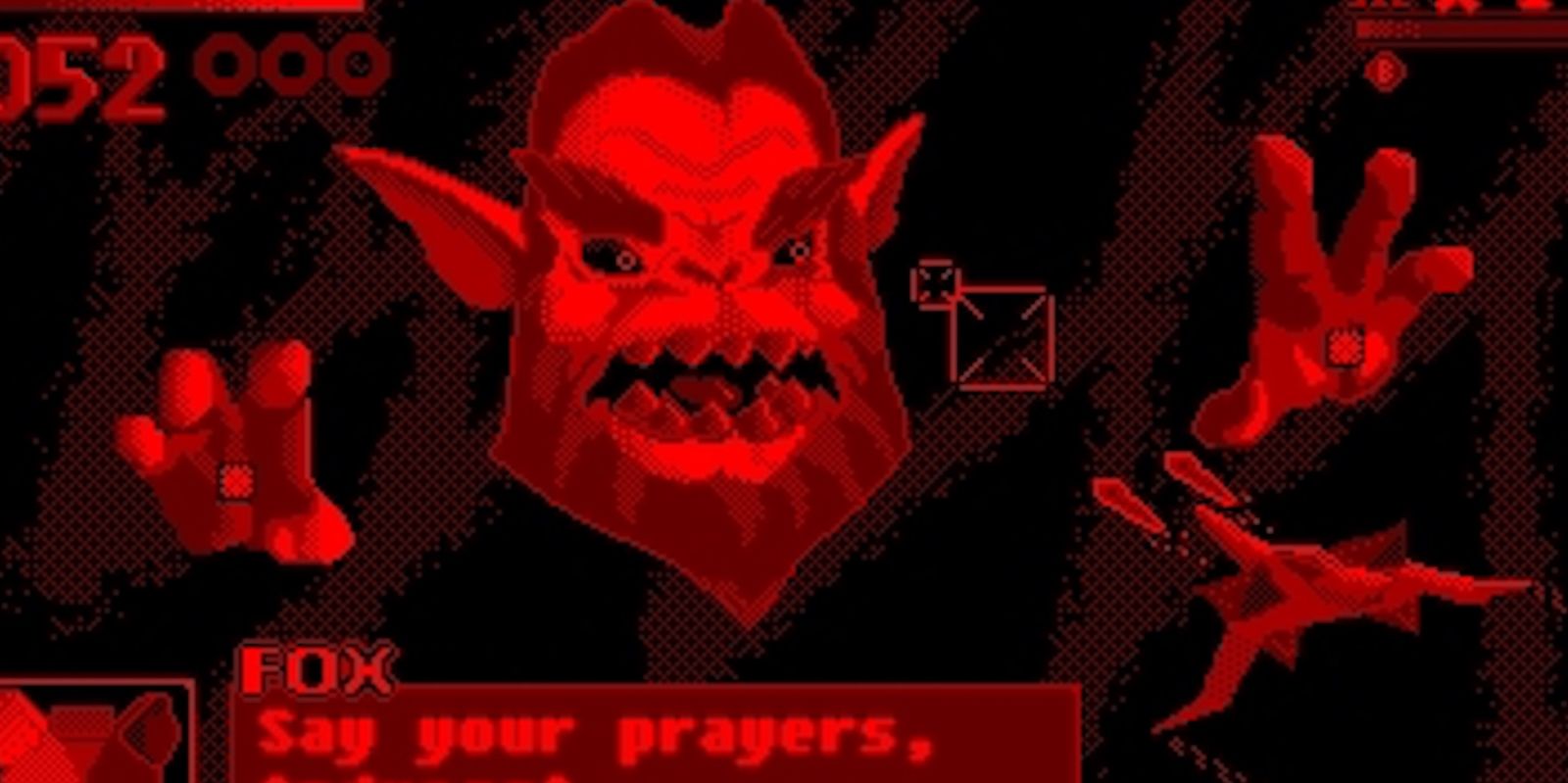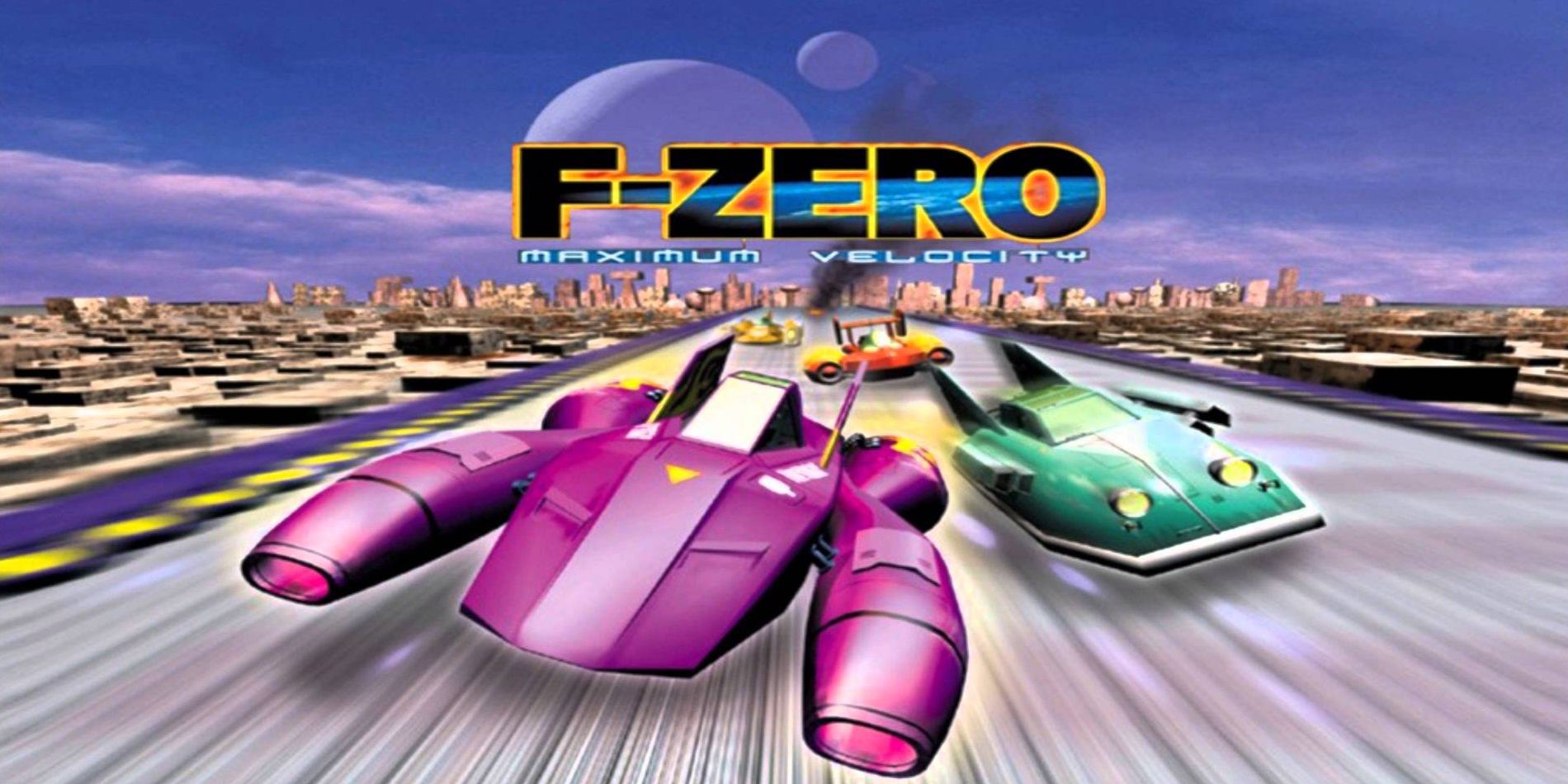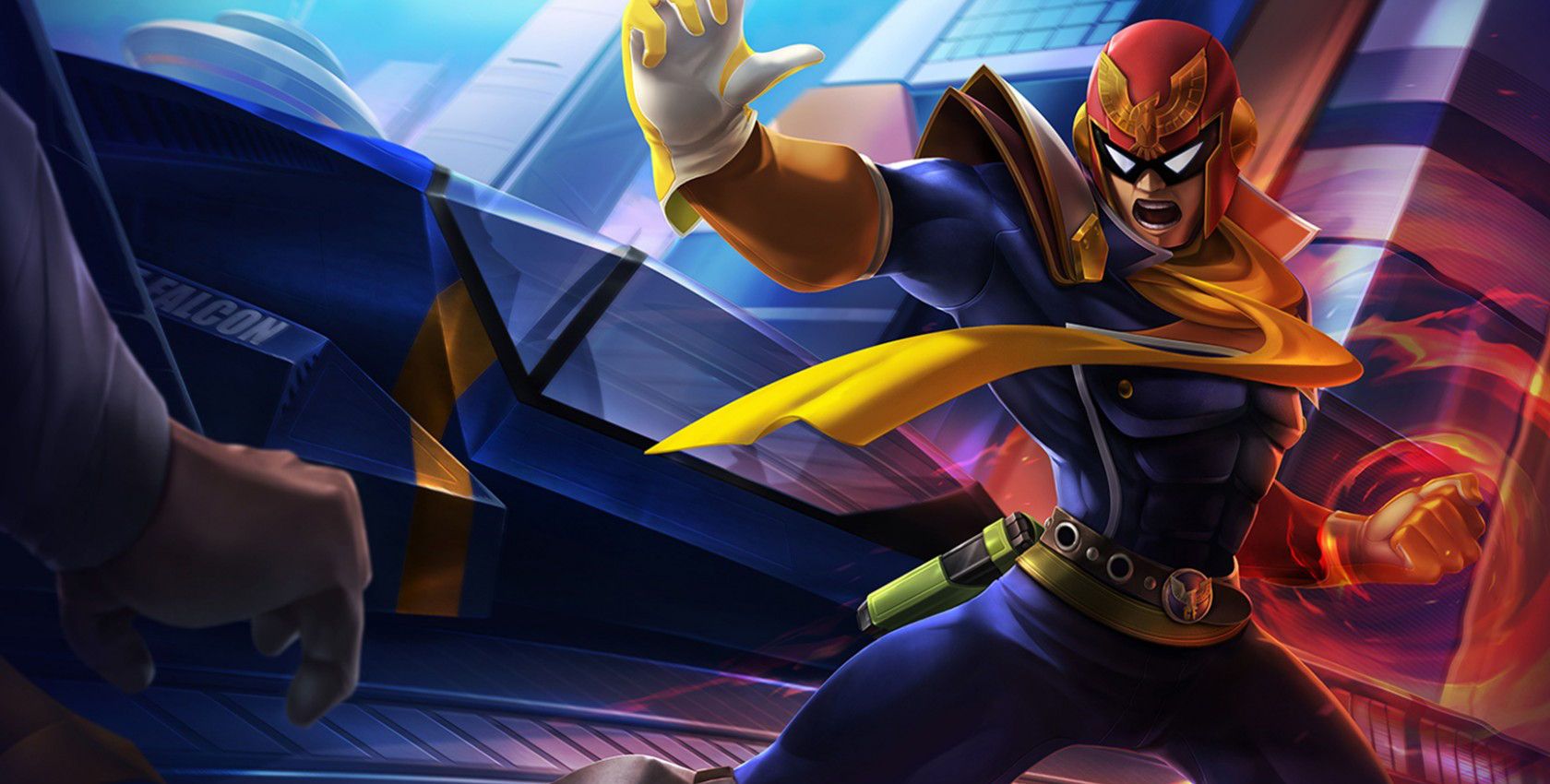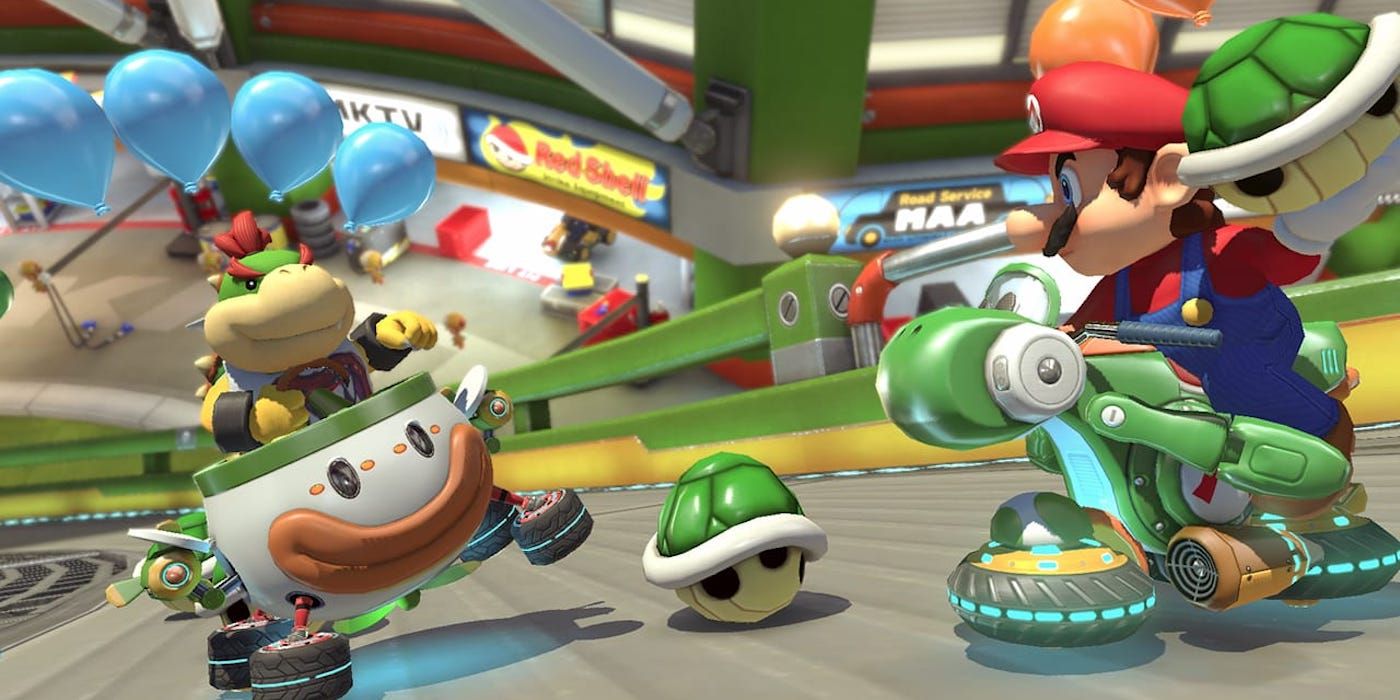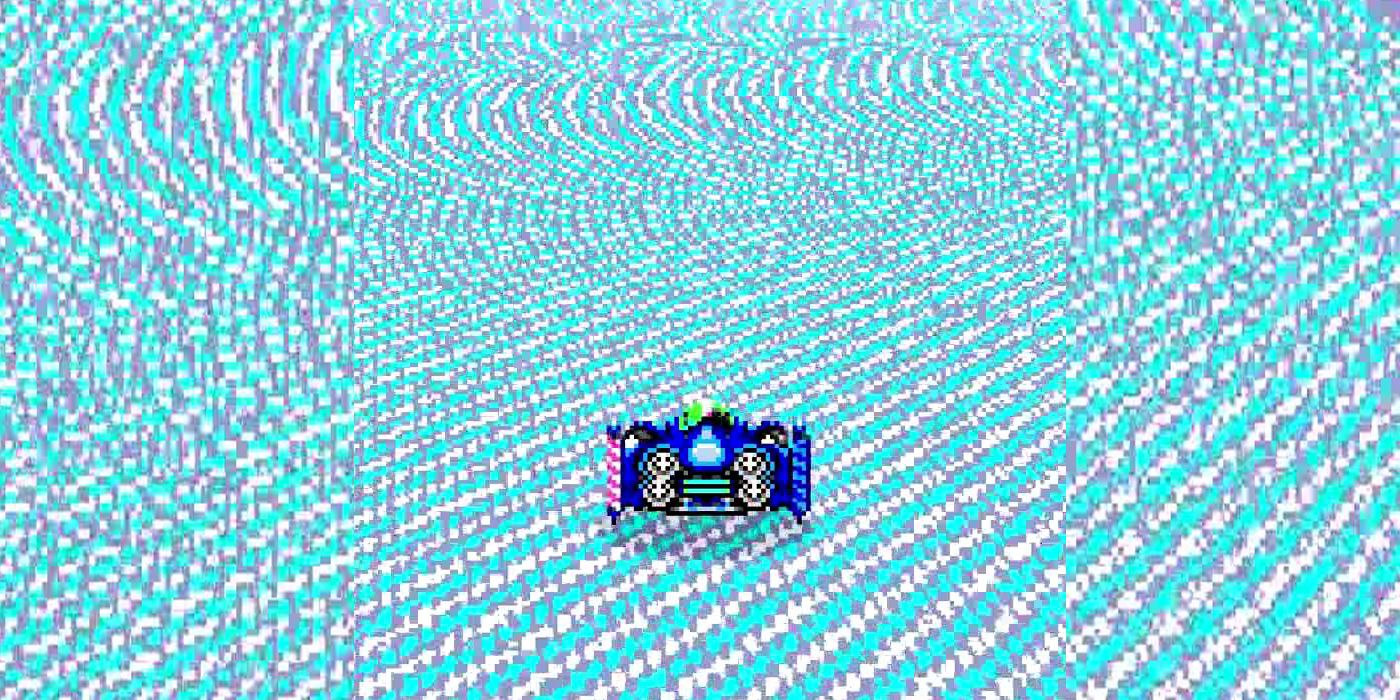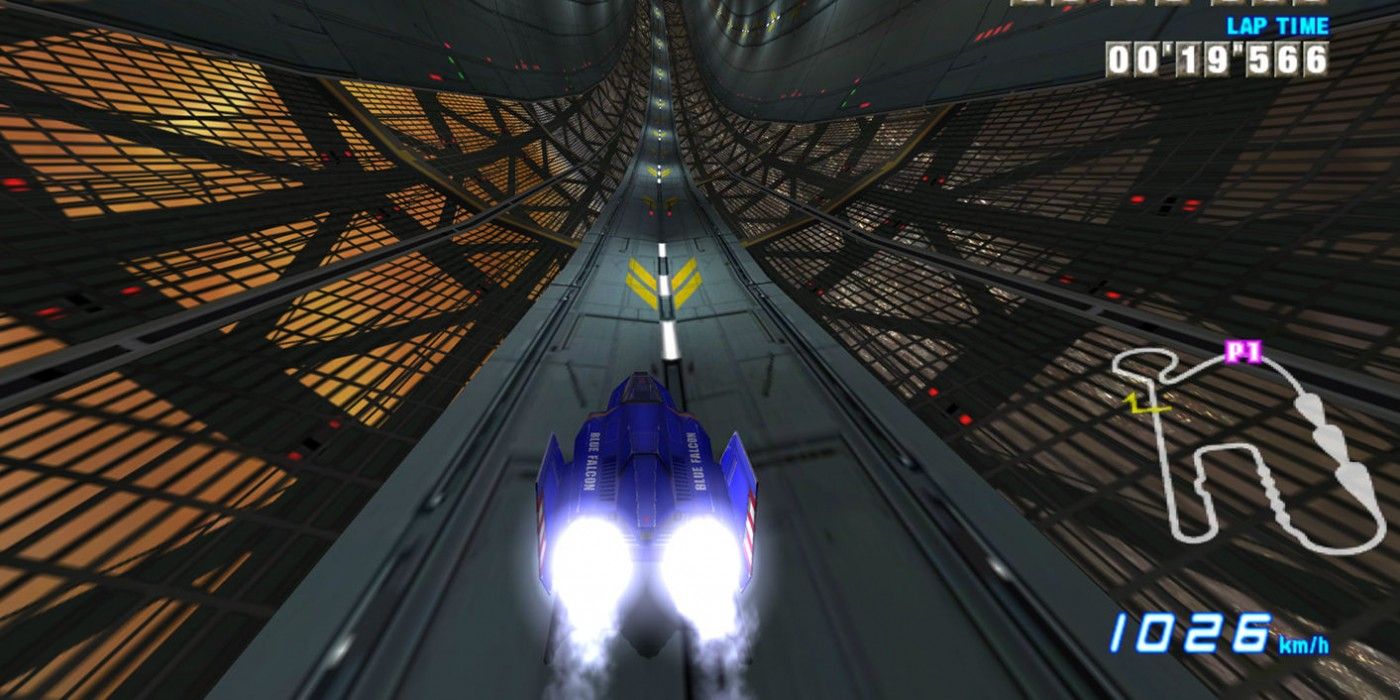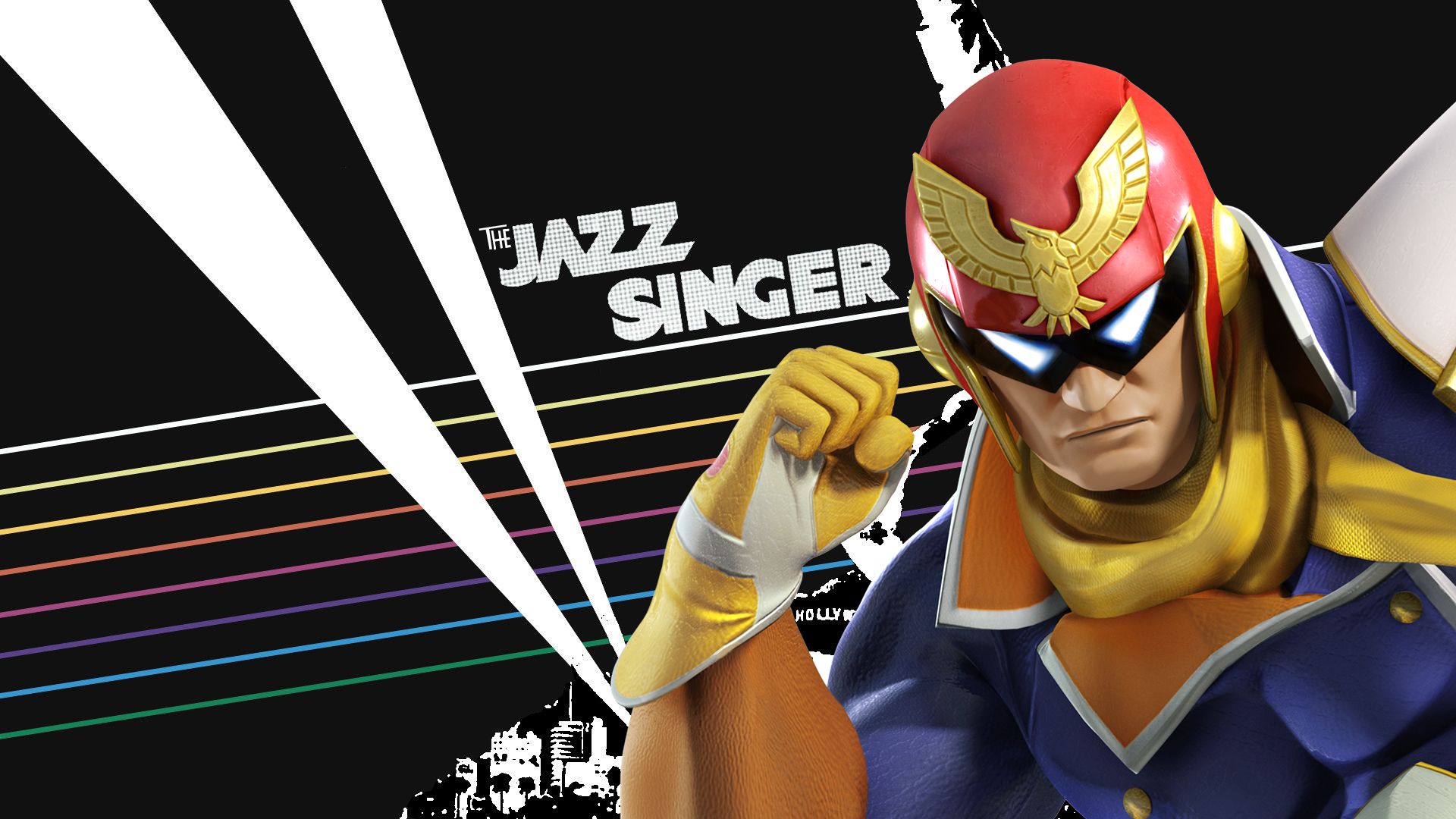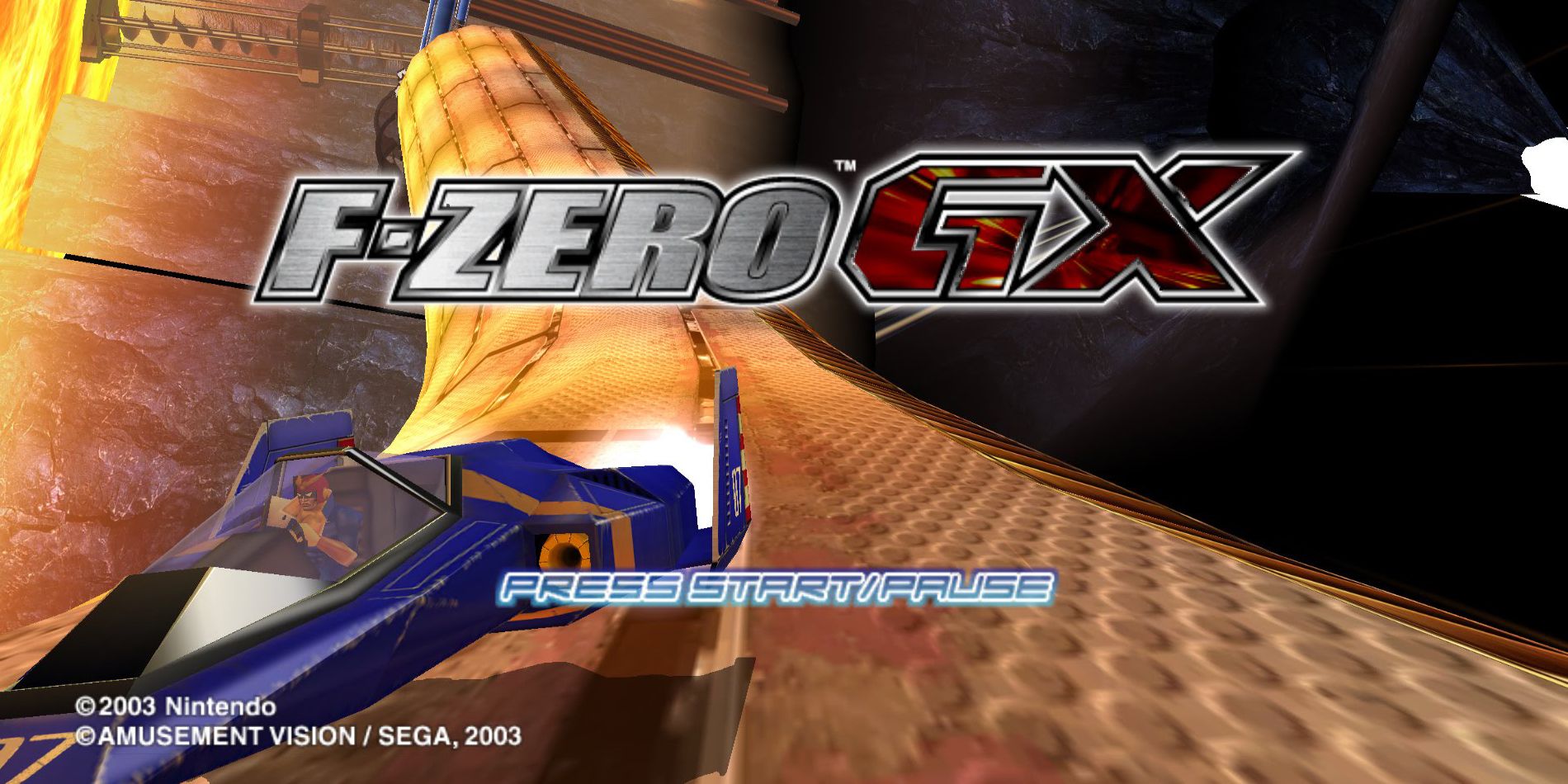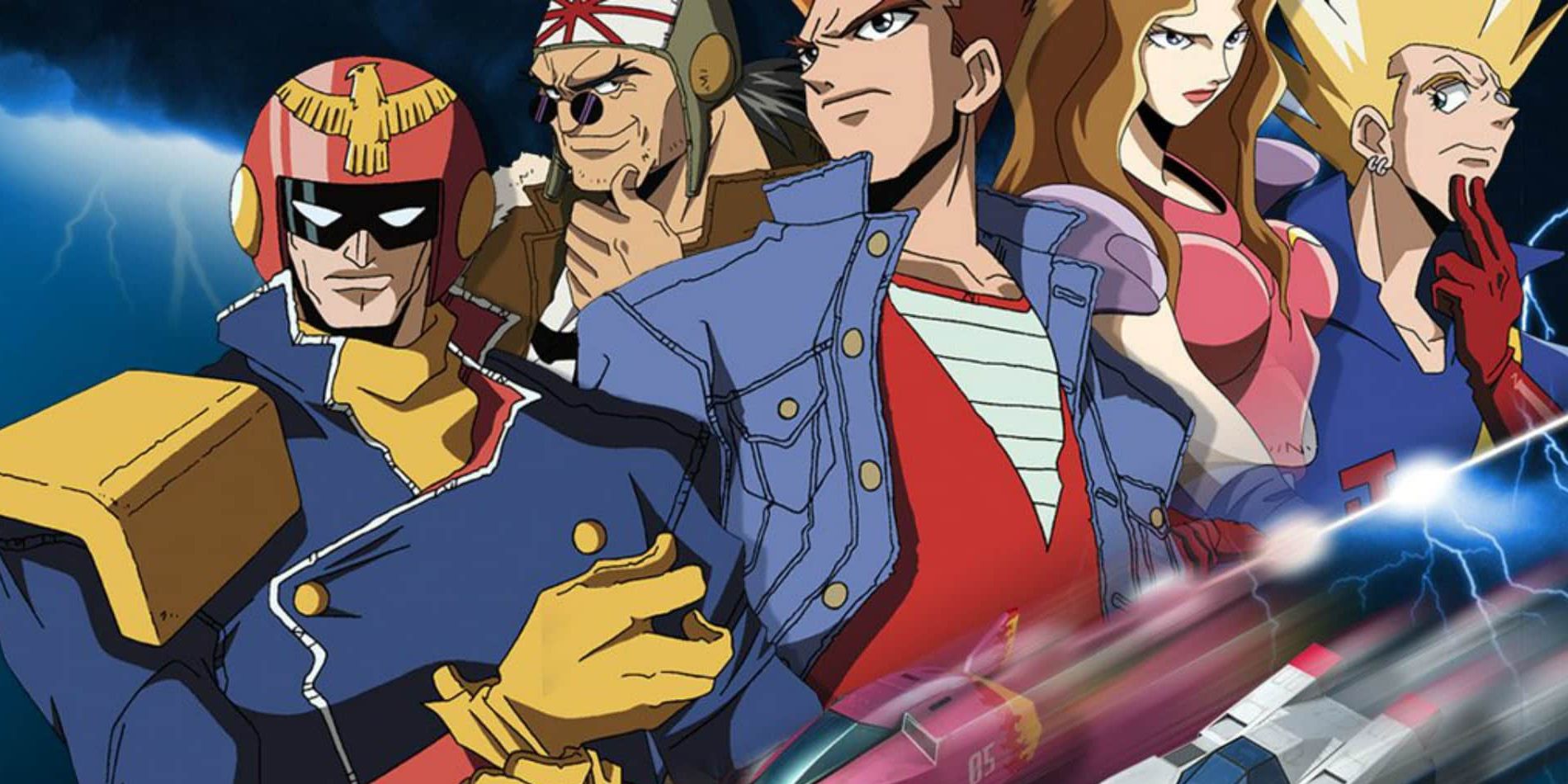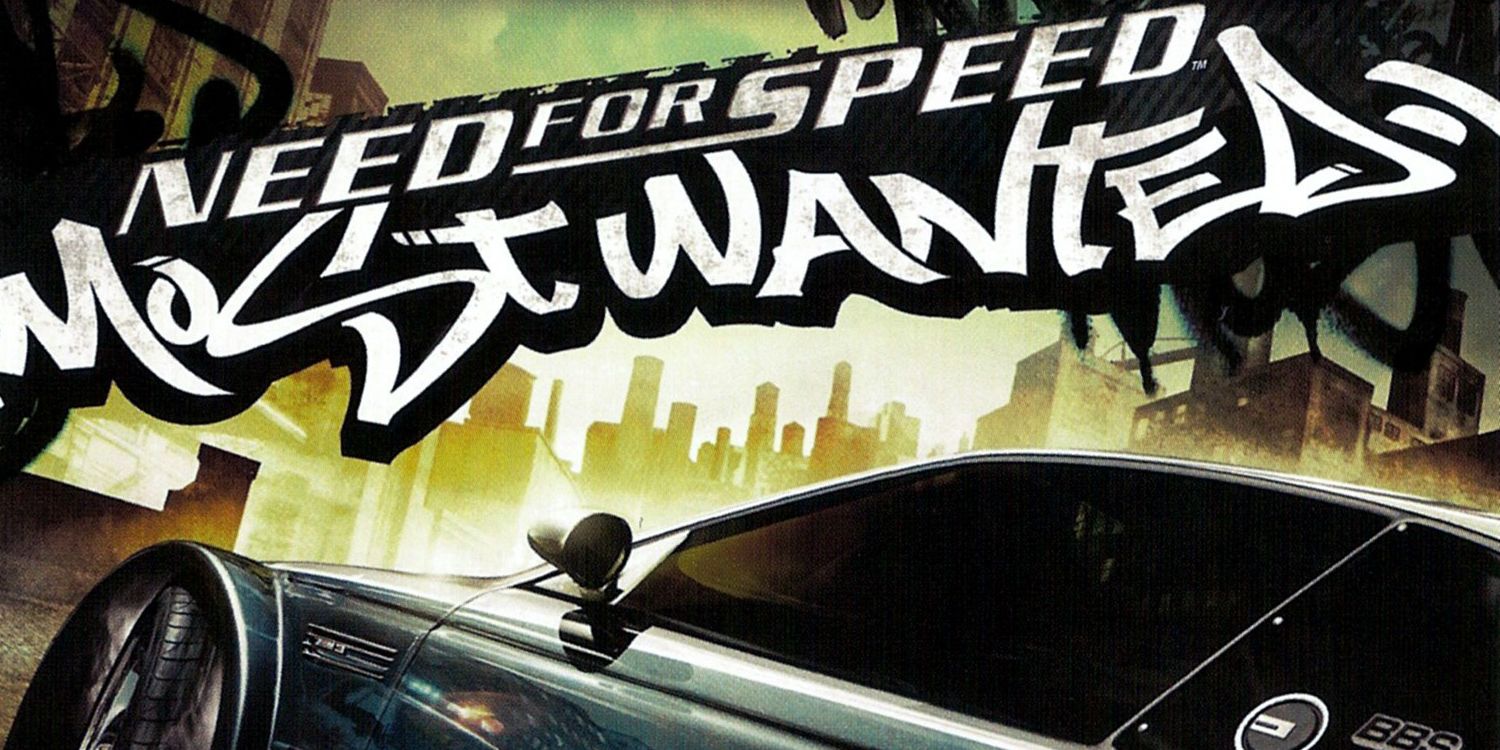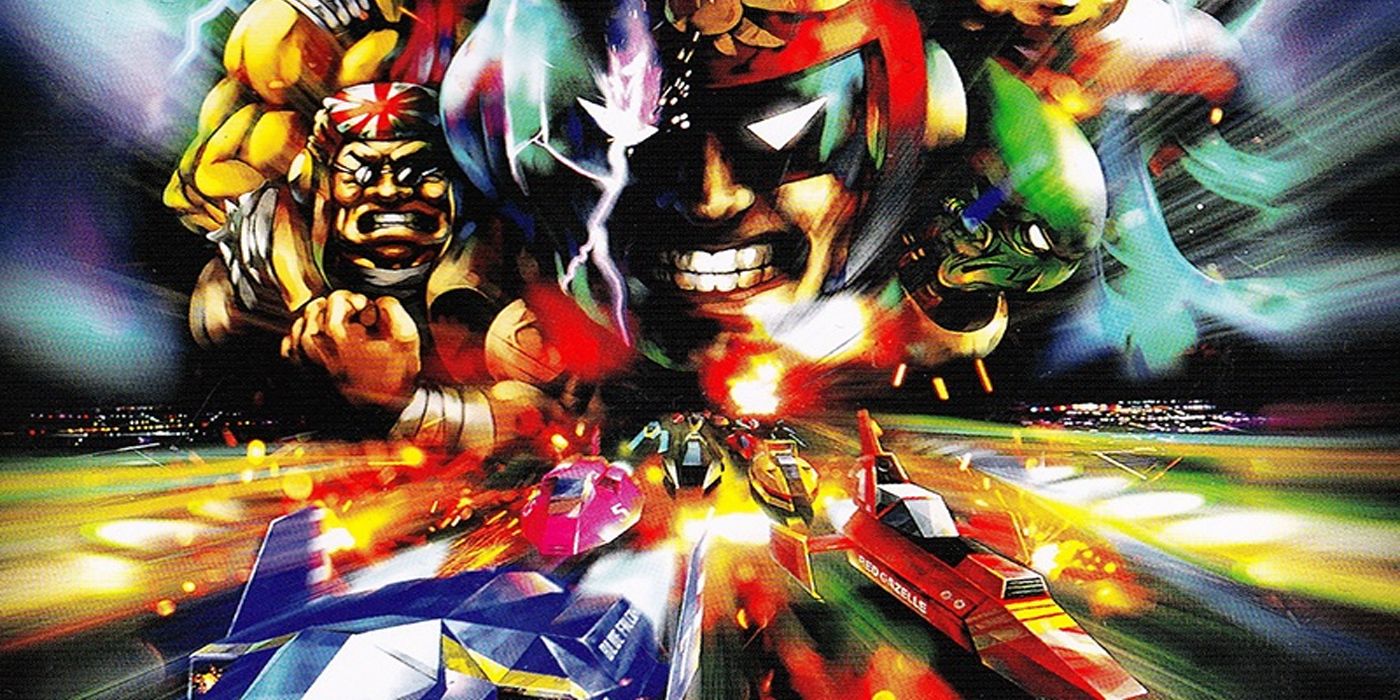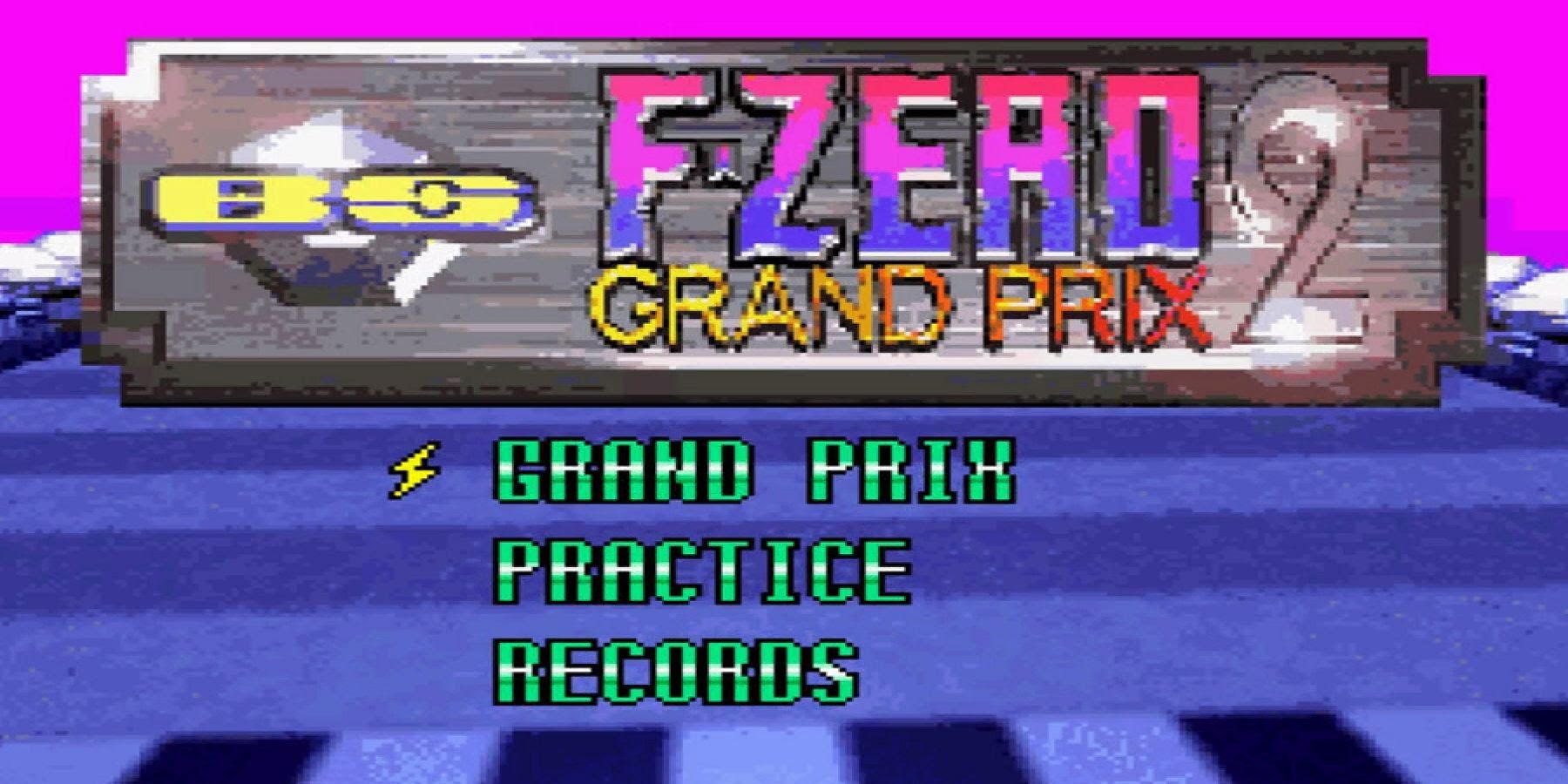The Nintendo Switch took a lot of flak for its paltry lineup of launch games. This wasn't the first time that Nintendo launched a system with only a few titles, as the Super Nintendo only had two upon its Japanese release. Luckily for all of the kids in Japan, those two games were Super Mario World and F-Zero.
F-Zero was one of the fastest racing games for its time. It had incredible graphics, challenging gameplay and an awesome soundtrack. If it weren't for the release of Super Mario Kart, then F-Zero would be the undisputed king of racing games on the Super Nintendo. F-Zero would go on to spawn its own franchise of racing titles, which would be released on many major Nintendo systems.
We are here today to look into the secrets of one of Nintendo's greatest franchises. From the ill-fated F-Zero anime to the sequel on Super Nintendo that never left Japan.
Here are 15 Things You Didn’t Know About F-Zero (And Captain Falcon)!
15. The F-Zero Anime
Nintendo is wary about lending out their most iconic characters for movies and cartoons. This is a result of the terrible Super Mario Bros. movie from the early '90s, which flopped hard at the box office. There is also a slew of awful Nintendo animated shows from the late '80s, such as Captain N: The Game Master and The Legend of Zelda. The only Nintendo character you will regularly see on TV is Pikachu in the long-running Pokémon anime series.
In 2003, F-Zero received its own short-lived anime series. F-Zero: GP Legend starred a detective, named Ryu Suzaku, who was frozen in cryo-sleep after a near-fatal accident and was awoken in 2201. He teams up with Captain Falcon, and the two of them seek to take down a mysterious criminal, known as the Black Shadow.
F-Zero: GP Legend was picked up for an English localization by 4Kids Entertainment. Those familiar with 4Kids' other shows (like Yu-Gi-Oh!) won't be surprised to learn that they heavily censored F-Zero: GP Legend. The show ran briefly on FoxBox before it was canceled.
14. The Father Of Fox
In the Star Fox universe, Fox McCloud is the son of James McCloud, who first formed the Star Fox unit. The fate of James McCloud is unclear, as the last time he was seen was as a prisoner of Andross. He is believed to have been executed, though there has never been any proof of this.
One of the racers in F-Zero is also named James McCloud and his outfit is reminiscent of the Star Fox unit's uniform. This has led to speculation that James managed to escape from Andross' clutches and ended up trapped in another dimension. With there being no way for him to return home, he decided to use his pilot skills to become a racer.
The James McCloud theory was recently debunked by Nintendo themselves. In Super Smash Bros. for the Wii U, the trophy for the Star Fox version of James McCloud specifically states that he has no relation with the character from F-Zero.
13. Shigeru Miyamoto Doesn't Want To Make A New F-Zero Game
Nintendo has earned a reputation for either mishandling or totally ignoring some of their best franchises. They would rather work on another Mario Party game than a new Metroid title. It seems like the only series they are interested in working on are Mario, Pokémon, and The Legend of Zelda.
In 2012, Shigeru Miyamoto was interviewed by a French gaming site, called Game Kult. When they told Miyamoto that F-Zero won a Twitter poll that asked players about what old Nintendo franchises that they wanted to return, he seemed puzzled. According to Miyamoto, he feels that they have done everything they can with the F-Zero concept and he even asked the fans about why they were so interested in more F-Zero games.
Shigeru Miyamoto does not represent the whole of Nintendo and there are certainly other people within the company who could push for a new F-Zero title. With that being said, Miyamoto managed to kill Star Fox 2 when it was only a few months away from completion, as he wanted to make a fresh start on 3D visuals with the Nintendo 64. It is clear that he holds a lot of sway within the company and he could squash a new F-Zero game if he felt like it was a waste of time.
12. F-Zero On The Virtual Boy
Nintendo has always been interested in 3D visuals in gaming. The entire gimmick of the Nintendo 3DS is to allow the player to see their games in an entirely new way. Before the 3DS, Nintendo had intended to release a 3D peripheral for the GameCube, though this was scrapped, due to it being too expensive.
In 1995, Nintendo released the Virtual Boy, which would go on to be their lowest selling console of all time. The Virtual Boy consisted of a headset that allowed the player to see in 3D. This didn't work out as planned, as using the Virtual Boy for too long would induce headaches and nausea.
There was an F-Zero game in development for the Virtual Boy. It was called Zero Racers and it was actually quite far along in development, as videos of the game were shown at trade shows. Zero Racers was canceled, as the Virtual Boy was discontinued a year after its release.
11. The Censored Endings
It might be hard to believe, but F-Zero had the clothing of its characters altered for being too revealing. The reason this is odd is because you almost never actually see any of the F-Zero characters in the game. Captain Falcon is the exception to this, though that is mainly because people are used to seeing him in the Super Smash Bros. franchise.
F-Zero Maximum Velocity was released on the Game Boy Advance in 2001. It was the first game in the series to be released on a handheld console, as the Virtual Boy game was canceled before release. F-Zero Maximum Velocity is actually set twenty years after the original game, which means that it uses a whole new cast of characters.
When you complete F-Zero Maximum Velocity, you are shown the credits, followed by an image of the racer that you played as. The ending images for J. B. Crystal and Fighting Comet had their tops extended in the International versions of the game, as the original pictures showed too much of their breasts.
10. Nerfing The Falcon Punch
Nintendo might not love F-Zero, but the fans of Super Smash Bros. sure do. Captain Falcon has been representing F-Zero in the Smash Bros. series since the first game on the Nintendo 64. He has appeared in every game in the series and is one of the most popular characters on the roster. This is mainly because people like shouting "Falcon... PUNCH!" at gaming events.
Captain Falcon is no slouch when it comes to fighting. He has consistently placed high on character tier lists throughout his career. This is due to his speed, strength, and for his amazing "spike" attack, which refers to a move that knocks an enemy straight down, which is usually an instant KO when performed off a ledge.
The one game in which Captain Falcon suffered was Super Smash Bros. Brawl. He was severely weakened in almost every aspect, to the point where he was borderline unplayable. Luckily for Captain Falcon fans, he was restored to greatness in Super Smash Bros. for Wii U/3DS.
9. The Mario Kart Crossover
It took a long time for the Mario Kart franchise to start including elements from series other than Mario. This is surprising, as Nintendo could have easily transformed Mario Kart into a crossover series that rivaled that of Super Smash Bros. It wasn't until Mario Kart 8 that Nintendo finally added characters and tracks from other games (such as The Legend of Zelda and Animal Crossing). The new version of the game that is coming to the Nintendo Switch will also include characters from Splatoon.
The F-Zero franchise had crossed over with Mario Kart all the way back in 1998. The first track of the Joker Cup was the infamous Rainbow Road from Mario Kart. It took until the release of Mario Kart 8 on the Wii U for the series to return the favor, as Mute City and Big Blue both appeared as DLC tracks. You could also use a kart that was based on the Blue Falcon. These tracks will be included for free in Mario Kart 8 Deluxe for the Nintendo Switch.
8. F-Zero On The Genesis
Nintendo is one of the most experimental companies in the video game industry. They are usually the first to try out new concepts and methods of playing games. Nintendo has been more than willing to base entire consoles on gimmicks, some of which paid off (like the Wii and DS), while others did not (like the Virtual Boy).
There have been occasions when Nintendo made games for no other reason than to show off the hardware. F-Zero is one such title, as it was created specifically to show off the Mode 7 graphical capabilities of the Super Nintendo, which allowed images to rotate and to be wrapped into shapes.
The Mode 7 graphics mode was exclusive to the Super Nintendo and it could not be replicated on a Sega Mega Drive/Genesis. Despite this, a fan managed to create a demo of a working version of F-Zero on the 16-bit Sega hardware. While not quite as impressive as the original F-Zero, it does prove that a similar concept could have worked on a Sega machine.
7. The Secret Arcade Game
In 2002, Nintendo entered a partnership with Namco and Sega. Nintendo wanted to develop a new piece of arcade hardware that would be compatible with the games that they were producing for the GameCube. This partnership led to the creation of the Triforce arcade system board, which was based on the hardware of the GameCube. There weren't many games made for the Triforce, with the only big name belonging to a duo of F-Zero games.
F-Zero GX for the GameCube was created with the Triforce in mind, as it was going to be connected to an arcade version of the same game, called F-Zero AX. You could use a GameCube memory card with F-Zero AX, in order to save scores and unlock material in GX.
When going through the files of F-Zero GX, fans discovered a playable version of F-Zero AX. It is possible to play the arcade version of the game at home, with the help of a GameShark or an emulator.
6. The Jazz Album
The most criminally underappreciated part of the F-Zero series is its music. Songs like "Big Blue" are just as awesome as anything produced by The Legend of Zelda or Final Fantasy series.
In 1992, an album of Jazz arrangements of F-Zero songs was released in Japan. It was produced by Tokuma Japan Communications and it features the entire soundtrack on a single disc. Not much is known about why the album was produced, or why F-Zero was chosen over, say, Mario or Zelda. All that we know is that this is an officially licensed Nintendo product and that it was actually released in stores.
Thanks to the power of the Internet, the whole album can be found on YouTube.
F-Zero wasn't the only game in the series to receive this treatment, as F-Zero X would also see an unusual soundtrack release. F-Zero X Guitar Arrange Edition is an album that features the entire soundtrack of the game, except that it is performed by a rock band, with a heavy emphasis on guitars. This album can also be found on YouTube.
5. The First Nintendo & Sega Collaboration
The death of the Dreamcast was one of the saddest days in the video game industry. Sega had lost their place in the market and stepped away from developing hardware. Sony had long since taken their place as the chief rivals of Nintendo. The market would also shortly become more crowded, as the original Xbox was on its way.
Sega downscaled their operations by a large margin, as they moved into developing software. This meant that they would have to enter business relationships with companies that had been their enemy only a few months earlier.
The first major collaboration between Sega and Nintendo was on F-Zero AX and F-Zero GX. Sega helped to develop an arcade version of the GameCube's hardware, as part of a project that would allow players to bring their GameCube memory cards into the arcades. F-Zero AX was a special arcade version of F-Zero GX, which Sega helped to develop. The F-Zero AX/GX project helped to solidify relations between the two companies, who both still work closely together to this day.
4. The E-Reader Cards
In 2001, Nintendo released an add-on for the Game Boy Advance, called the Nintendo e-Reader. The device functioned in a similar manner to the amiibo figures, as it was a peripheral that allowed you to access locked content within a game. You had to plug the e-Reader into the system, which could then be activated by using cards. The cards could carry full NES games, as well as unlock content in certain compatible games.
F-Zero: GP Legend was a game that worked with the e-Reader device. You needed to own certain cards to be able to access some of the characters, vehicles, and courses. If you did not possess an e-Reader, then you could never unlock any of these exclusive modes and features.
While the e-Reader device was released in America, the F-Zero: GP Legend cards were not. You could not even access the e-Reader function in the game. The only way to access the e-Reader content is through cheat devices. Like all of the e-Reader cards, the F-Zero ones have since become collector's items, due to how scarce they are.
3. Need For Speed Killed The Wii U Version Of F-Zero
The last F-Zero game was a Japan exclusive title on the Game Boy Advance, called F-Zero Climax. If Shigeru Miyamoto gets his way, then that may be the final game we see in the franchise.
There is hope for F-Zero, however, as we almost saw a new game in the series on the Wii U. It seems that Nintendo was willing to allow a third party developer to try and make a new F-Zero game, as they approached Criterion Games on the subject. Criterion is best known for their racing games, such as Need for Speed and Burnout, so it makes sense that Nintendo would have come to them.
Nintendo of Europe approached Criterion in 2011 and asked them if they would be able to come up with a visual demo for an F-Zero game for the Wii U that could be shown at E3. The project never got started, however, as Criterion were busy making Need for Speed: Most Wanted, which was being ported to a number of different systems at once. It seems that Nintendo lost interest in the project and it was shelved.
2. The Disk Drive Content
One of the biggest issues with the Nintendo 64 was the fact that the console still used cartridges, which had an extremely limited amount of memory. This caused several third party developers to jump ship to the PlayStation, which used optical discs for its games. In order to rectify this, Nintendo created an add-on for the N64 that would attach a disk drive to the system. This was called the 64DD and it was meant to have its own games, as well as improving existing ones.
F-Zero X is a rare case of Nintendo releasing a game with the DLC still on the disc. There are parts of F-Zero X that cannot be accessed without the 64DD. These include new vehicles and the ability to create custom machines for races. The 64DD was not released outside of Japan, which means that you cannot access any of this additional material without the use of cheating devices or emulators.
1. The Japan Exclusive Sequel To F-Zero
In 1995, there was an add-on released for the Super Nintendo that never left Japan. It was called the Satellaview and it allowed the system to connect to a satellite modem. By using the Satellaview and a blank cartridge, the player could download exclusive games.
The Satellaview has since become infamous for hosting several sequels to popular Super Nintendo games that were never released in the West. The Legend of Zelda: A Link to the Past received an episodic sequel, where you played a young boy from our world who is dragged into Hyrule. Chrono Trigger also received a sequel, called Radical Dreamers.
F-Zero was one such game that would receive a Satellaview sequel. BS F-Zero Grand Prix 2 is a direct sequel to the original F-Zero on the Super Nintendo. It features new tracks and vehicles, as well as all of the content of the first game. If you owned a Satellaview when BS F-Zero was released, then you could listen to announcers as you played, which were performed by real actors and broadcast over the satellite link.
Like all of the other Satellaview exclusive games, BS F-Zero Grand Prix 2 has yet to see an international release.
---

